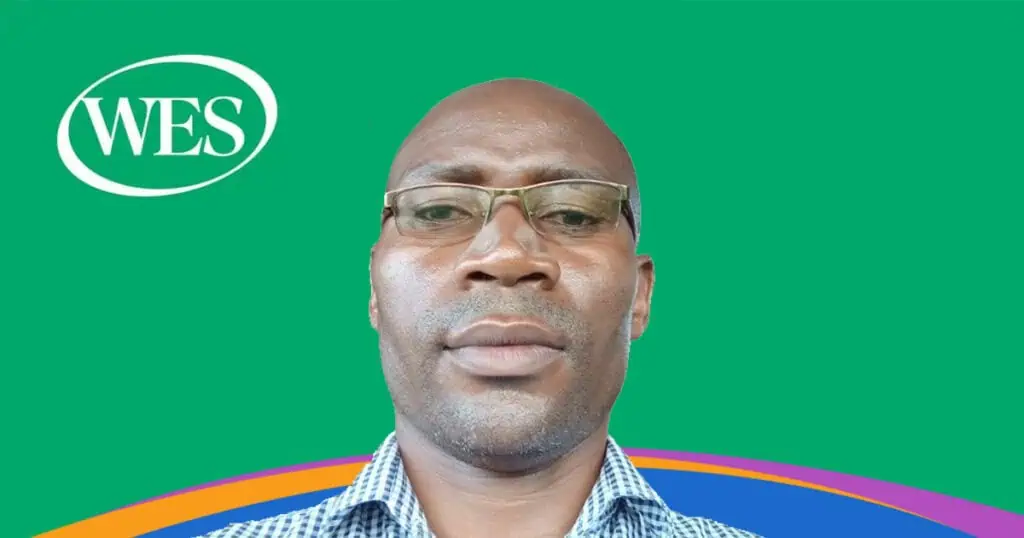If you are looking for the newest information, find updates for the 2021 H-1B lottery here.
Are you ready for the 2020 H-1B lottery?
Last year, the H-1B visa filing period began April 1, and it was no joke: The maximum limit of 65,000 applications (also known as the “cap”) was reached in just six days.
Another 20,000 H-1B petitions were filed under the “advanced degree exemption” in that time, maxing out its own limit, according to U.S. Citizenship and Immigration Services (USCIS).
Based on prior years, the cap for fiscal year 2020 will likely max out in five business days.
The 2020 H-1B cap filing season starts April 1, 2019.
To help you prepare, WES Advisor answers the questions we see most often about the H-1B petition process:
What Is the H-1B Petition Process?
Below is a general timeline for the H-1B petition process:
- On April 1, USCIS starts accepting H-1B visa applications. The organization will accept up to 85,000 total applications (see below) before reaching its “cap.” However, USCIS will continue to accept applications even after the cap is exceeded. (Just don’t be an early bird: If your application arrives before April 1, your file might be returned.)
- In mid-April, the computer-generated lottery process begins. Approved petitions–65,000 for the general category and 20,000 for the advanced-degree exemption–are selected at random. The lottery starts with applicants of all degree levels. After a first-round lottery, the remaining advanced-degree beneficiaries enter a second-round lottery. According to USCIS, applicants who hold advanced degrees issued in the U.S. can increase their chances 16 percent by applying to both the general and advanced lotteries.
- By May 20, USCIS will reply to H-1B petitioners who applied for “premium processing.” Premium processing applicants pay a fee of $1,410 USD, but are guaranteed a decision on their applications within 15 days (or else they receive a refund). Using the premium processing service does not increase your chances of being selected in the lottery. If you did not use the premium processing service, your check status can hint at your lottery result. USCIS starts cashing checks from lottery designees as early as May 11. If they have not cashed your check by the end of May, you probably did not get the lucky draw. You can track your application status by logging into the USCIS website and inputting your 13-character receipt number.
- Beginning in June, standard applications are processed. The government reveals most petition results between June and September. Keep in touch with your human resources staff or attorney while awaiting the results. USCIS might request further documentation from you or your employer.
- Approved H-1B visas take effect automatically on October 1.
USCIS has made several recent changes to the H-1B petition process, including the implementation of a two-phase premium processing system. Be sure to follow the USCIS website for updates.
Learn More: Read the E-Guide
Professional Development Strategies: A Guide to Achieving Career Success in North America
How Do I Apply for a Cap Gap?
The “cap gap” refers to the period of time after an F-1 student’s status and work authorization have expired, but before the start date of their approved H-1B employment.
Note that your OPT status will not extend automatically; you have to apply for an extension through your school.
If your OPT expires before September 30, you can go to your school’s international student office and request an OPT extension (after you have filed your H-1B application). Remember to bring a copy of your H-1B lottery documents with you, including your receipt.
However, if your H-1B petition is not chosen, your OPT will end immediately. USCIS will offer you a 60-day grace period, after which time you must leave the U.S. During the grace period, students can not work.
What Is an RFE?
RFE is an abbreviation for “Request for Evidence.” If you receive an RFE, it means that USCIS needs additional materials from you in order to determine whether to approve your H-1B application. An RFE is not an indication that your H-1B application will ultimately be denied, but it does suggest that your application is missing important information.
If you receive a USCIS RFE, do not be discouraged. Read the RFE carefully, follow the instructions, and provide the requested documents. Given the complexity of RFEs, we recommend consulting with your human resources managers and immigration attorney to make sure the request is handled properly.
The H-1B lottery process is stressful and complicated–unfortunately, that is a fact for everyone. But remember: 85,000 international students win the lottery every year. That is quite a few!
Best of luck to all of the students who will be applying for H-1B petitions this year!
Related Reading





